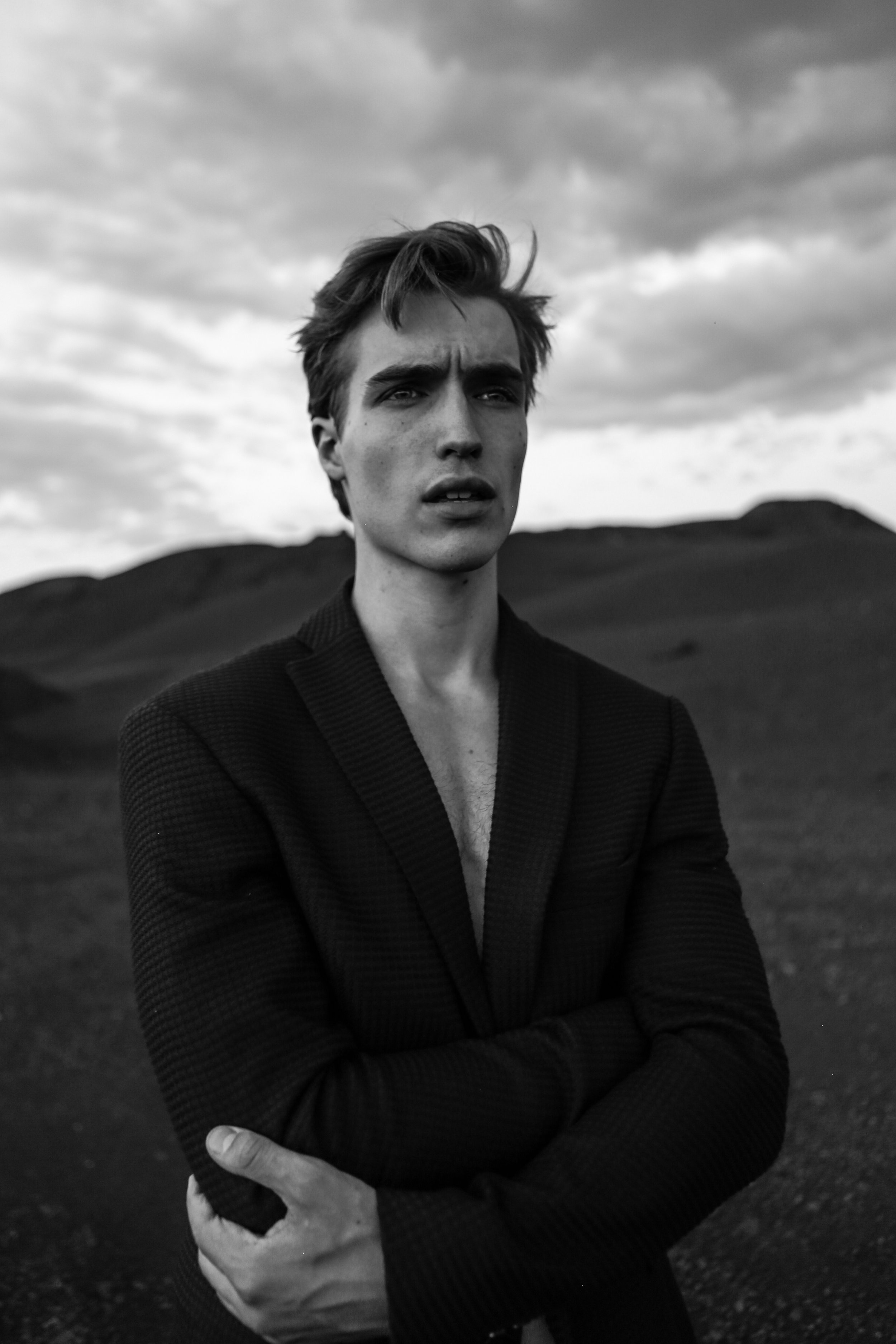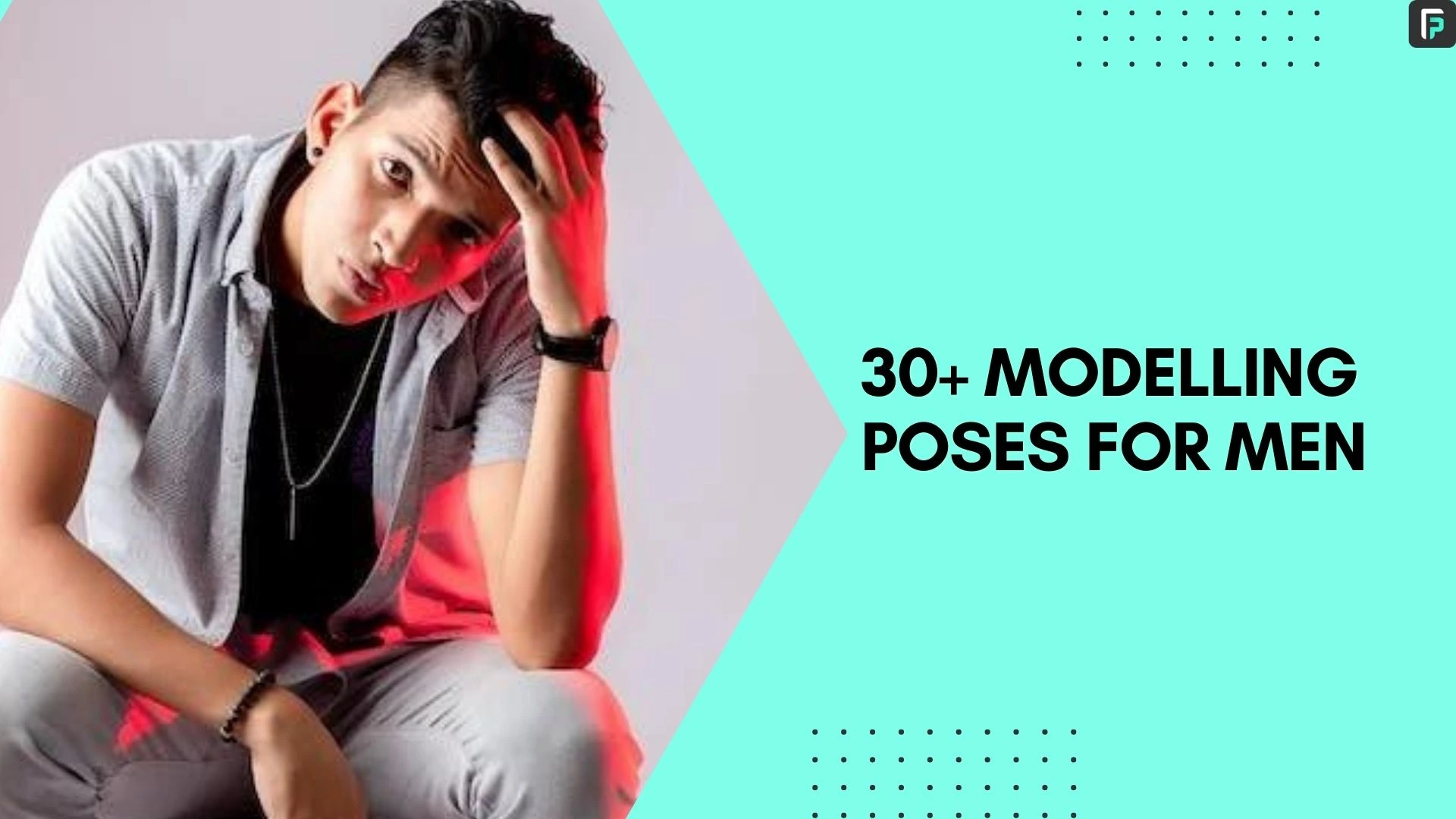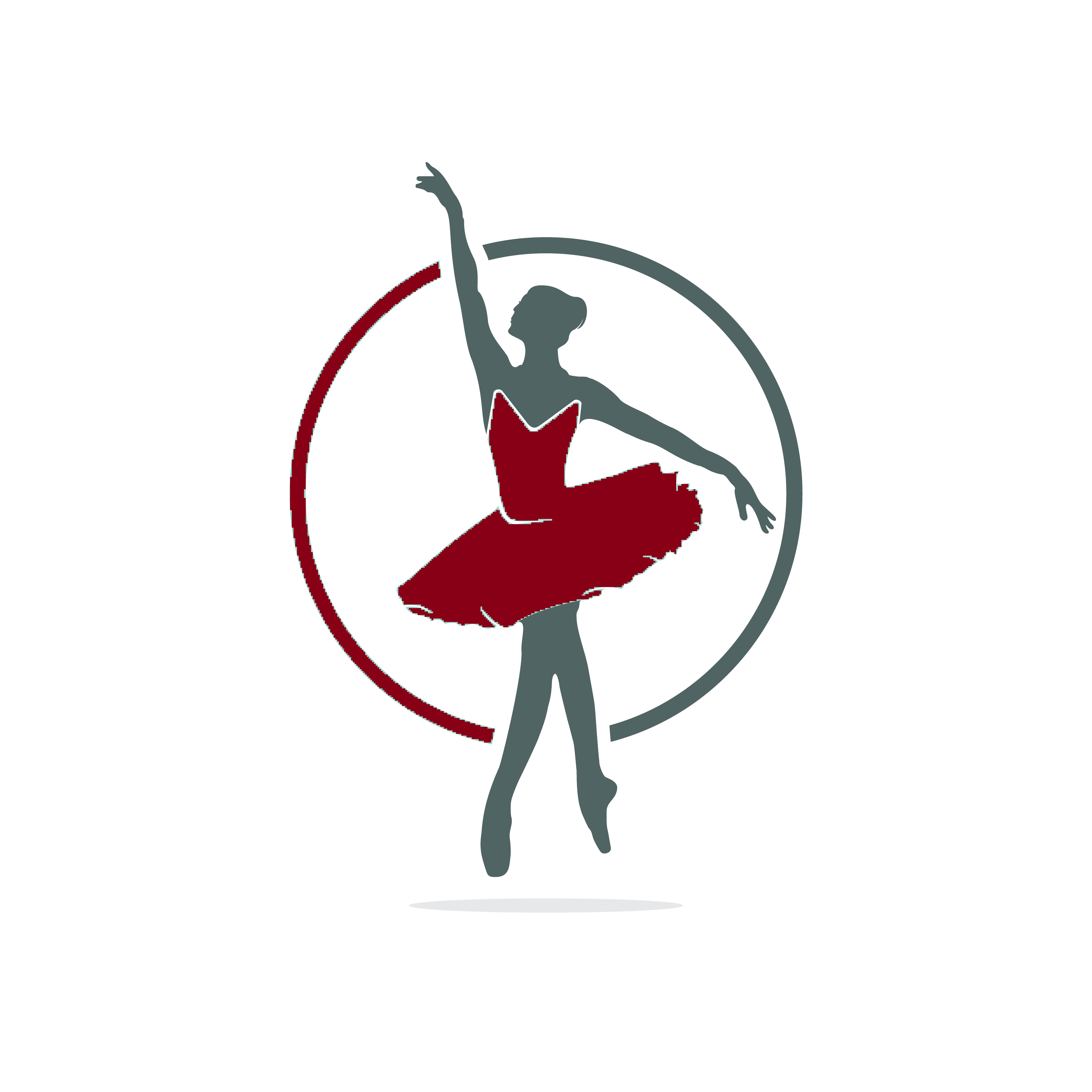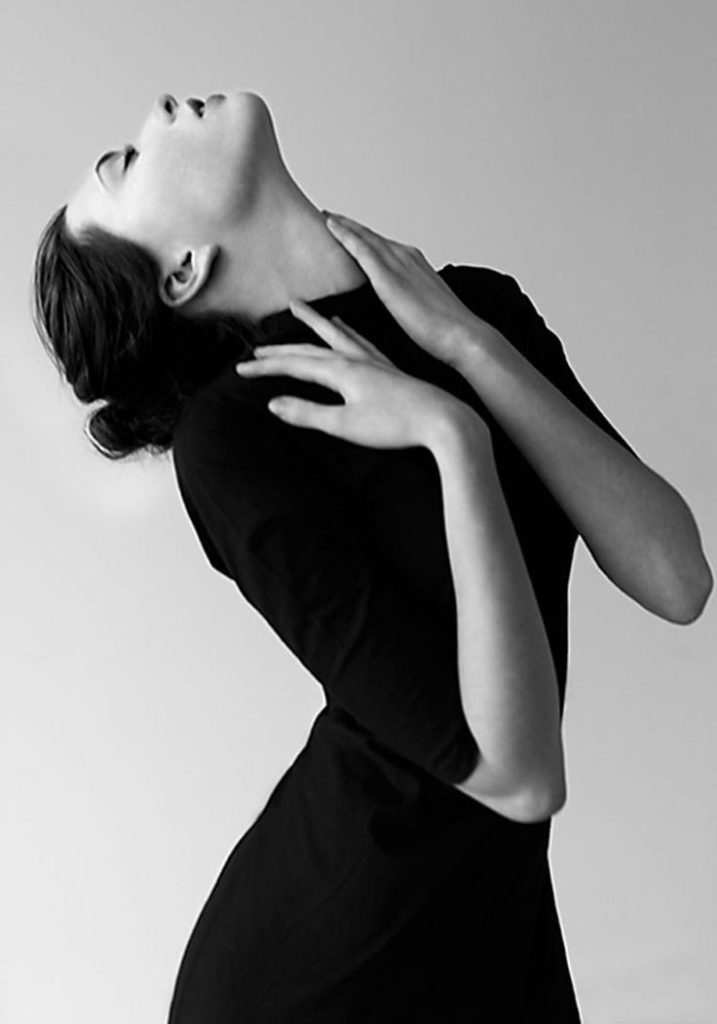Modeling poses are essential for showcasing the model’s versatility and enhancing the visual appeal of the photoshoot. They highlight the clothing or product effectively.
Modeling poses plays a crucial role in the fashion and advertising industries. A well-executed pose can bring out the best features of a model and make the product stand out. It requires a combination of skill, creativity, and confidence. Professional models often practice various poses to find the most flattering angles.
Photographers guide them to achieve the desired look. Understanding body language and facial expressions is key. Effective poses can convey a story or emotion, making the images more engaging. Mastering this art can significantly elevate a model’s portfolio and career.
Introduction To Modeling Poses
Modeling poses play a crucial role in the fashion industry. They help showcase the clothing and accessories effectively. Models use different poses to convey various emotions and styles. Understanding these poses is essential for both aspiring models and photographers.
Importance Of Good Poses
Good poses can make or break a photo shoot. They highlight the model’s features and the design of the clothes. A well-executed pose can capture the viewer’s attention instantly. It can also convey the intended message of the brand.
Here are some key reasons why good poses are important:
- Enhances Visual Appeal: A good pose enhances the visual appeal of the model and the outfit.
- Conveys Emotion: Poses can express emotions that words cannot.
- Captures Attention: An eye-catching pose can grab the viewer’s attention quickly.
- Shows Versatility: Different poses show the model’s versatility and range.
First Impressions
First impressions are vital in modeling. The right pose can create a lasting impact. It can determine the success of a photo shoot or a runway show. A strong first impression can lead to more opportunities for the model.
Consider these tips for creating a strong first impression:
- Confidence: Confidence is key. A confident pose exudes professionalism.
- Posture: Good posture enhances the overall look of the pose.
- Expression: Facial expressions should match the pose and the outfit.
- Angles: Experiment with different angles to find the most flattering pose.
| Aspect | Importance |
|---|---|
| Confidence | Shows professionalism and poise |
| Posture | Enhances the look of the pose |
| Expression | Conveys the right emotion |
| Angles | Finds the most flattering view |
Basic Pose Techniques
Modeling poses can make or break a photo. Learning the basic pose techniques is essential. Good poses showcase your best features. They convey confidence and style.
Standing Poses
Standing poses are versatile and impactful. Here are some key techniques:
- Weight Distribution: Shift your weight to one leg. It makes your stance natural.
- Arm Placement: Keep arms relaxed. Avoid pressing them against your body.
- Posture: Stand tall. Keep your back straight and shoulders back.
Here are a few popular standing poses:
| Pose Name | Description |
|---|---|
| Contrapposto | One leg straight, the other bent. Hips slightly tilted. |
| Crossed Legs | Legs crossed at the ankles. Arms can be on hips or relaxed. |
| Power Pose | Feet shoulder-width apart. Hands on hips, chest out. |
Sitting Poses
Sitting poses can add variety and elegance. Consider these techniques:
- Leg Placement: Cross your legs at the ankles. It looks graceful.
- Hand Placement: Rest your hands on your lap. Keep them relaxed.
- Back Position: Sit up straight. Avoid slouching.
Here are some effective sitting poses:
| Pose Name | Description |
|---|---|
| Elegant Sit | Legs crossed at the ankles. Hands placed gently on lap. |
| Side Sit | Body turned slightly to the side. One hand on the seat. |
| Knee Hug | Knees drawn up. Arms wrapped around them. |
Advanced Pose Strategies
Mastering advanced pose strategies can elevate your modeling portfolio. These techniques create unique, captivating images. They demonstrate skill, creativity, and versatility. Let’s explore some advanced strategies that will take your modeling to new heights.
Dynamic Poses
Dynamic poses are all about movement and energy. They make photos look lively and engaging. Here are some tips for mastering dynamic poses:
- Incorporate jumping or running to show motion.
- Use props like scarves or hats to add flair.
- Experiment with different angles and perspectives.
Dynamic poses work well for fashion shoots and activewear. They help convey motion and excitement. Models should practice these poses to improve their skills.
Expressive Poses
Expressive poses highlight emotions and feelings. They tell a story through body language. Here are some strategies for expressive poses:
- Focus on facial expressions to convey emotions.
- Use your hands to frame your face or gesture.
- Practice in front of a mirror to see what works.
Expressive poses are perfect for portrait and editorial photography. They help create a deep connection with the viewer. Models should experiment with different emotions and poses.

RECOMMENDED: “Top 5 Modeling Poses For Female Model- Full Guide On Female Model Poses“
“Top 5 Model Poses। How to Pose Like a Model । Model Poses।“
Facial Expressions
Facial expressions are crucial in modeling. They convey emotions and tell stories. A great expression can make or break a photo. Understanding how to use your face is essential.
Conveying Emotions
Different expressions show different feelings. A smile shows happiness. A frown shows sadness. But there is more to it. Small changes in your face can change your emotions. Here are some tips:
- Smile: Use your eyes too, not just your mouth.
- Sadness: Let your eyebrows drop and soften your gaze.
- Surprise: Widen your eyes and raise your eyebrows.
- Anger: Narrow your eyes and press your lips together.
Eye Contact Tips
Eye contact can draw the viewer in. It makes the photo more engaging. Here are some tips:
- Look directly at the camera: This creates a connection.
- Look away: Adds mystery and depth.
- Use your eyes: Express emotions through your eyes.
| Emotion | Facial Features |
|---|---|
| Happiness | Smile, bright eyes |
| Sadness | Drooping mouth, soft eyes |
| Surprise | Wide eyes, raised eyebrows |
| Anger | Narrowed eyes, pressed lips |
Using Props Effectively
Using props can make your modeling photos unique. Props add depth and tell a story. They make your poses more interesting. Learn how to use props effectively. This can take your modeling to the next level.
Incorporating Objects
Incorporating objects into your poses can be fun. Use items like hats, glasses, or flowers. These objects can match your outfit or theme. They give your photos a personal touch.
Hold the object naturally. Don’t let it overshadow you. The object should complement your pose. Here are some ideas:
- Books: Great for a smart look.
- Umbrellas: Perfect for a playful pose.
- Instruments: Show off your musical side.
Enhancing The Scene
Props can enhance the scene of your photo shoot. They create a setting or mood. Use props that fit the location. For example:
| Location | Prop Ideas |
|---|---|
| Beach | Surfboard, Beach Ball, Sunglasses |
| Park | Picnic Basket, Frisbee, Blanket |
| City | Camera, Map, Shopping Bags |
Think about the story you want to tell. A prop can add context to your pose. Always choose props that add value to your scene.

Working With Lighting
Working with lighting is crucial for capturing stunning modeling poses. Proper lighting highlights the model’s features and enhances the overall image quality. This section explores two primary lighting types: natural light and studio light.
Natural Light
Natural light is a favorite among photographers for its soft, flattering glow. It changes throughout the day, offering different moods and effects. Early morning and late afternoon light, known as the golden hour, provides a warm and soft light. Midday light is harsher and creates strong shadows. Overcast days offer diffused light, perfect for even skin tones.
Here are some tips for using natural light:
- Golden Hour: Capture warm and soft images.
- Overcast Days: Use the diffused light for even skin tones.
- Shaded Areas: Avoid harsh midday sun by shooting in shaded areas.
Studio Light
Studio light gives photographers complete control over lighting conditions. It allows for consistent and repeatable results. Studio setups often use softboxes, umbrellas, and reflectors. These tools help shape and direct light. Understanding studio lighting can elevate your photography to a professional level.
Key types of studio lighting setups include:
| Lighting Type | Description |
|---|---|
| Main Light | Primary light source; sets the scene’s overall exposure. |
| Fill Light | Reduces shadows created by the main light. |
| Back Light | Separates the model from the background. |
| Hair Light | Highlights the model’s hair, adding depth. |
Using these studio lights, you can create depth and dimension in your photos. Experiment with different setups to find what works best for you.
Understanding Angles
Understanding angles is crucial in modeling. It can make or break a photo. Angles highlight the best features and hide flaws. They create depth, interest, and emotion in photos.
Best Angles For Different Body Types
Different body types need different angles. Here are some tips:
| Body Type | Best Angles |
|---|---|
| Petite |
|
| Tall |
|
| Curvy |
|
Experimenting With Angles
Experimenting with angles can lead to amazing shots. Here are some ideas:
- Try extremely low angles for dramatic effect.
- Use high angles for a softer look.
- Shoot from the side to show depth.
- Change your perspective often.
- Use diagonal lines to add interest.
Changing angles helps find the best look. It also makes photos unique and interesting.
Practicing Poses
Practicing poses is crucial for becoming a successful model. Consistent practice helps you find your best angles and expressions. It builds confidence and ensures you are camera-ready at any moment. This section will explore daily exercises and using mirrors to master your poses.
Daily Exercises
Daily exercises are essential for perfecting your poses. These exercises keep you flexible and improve your posture. Here are some simple exercises you can do every day:
- Stretching: Stretch your arms, legs, and back to stay flexible.
- Posture drills: Practice standing tall with shoulders back.
- Facial expressions: Try different expressions in front of a mirror.
Consistent practice will help you feel more comfortable in front of the camera. Set aside 15 minutes each day for these exercises.
Using Mirrors
Using mirrors is a great way to see your poses in real time. A mirror helps you adjust and perfect your poses. Follow these steps to make the most of mirror practice:
- Find a full-length mirror: A full-length mirror lets you see your whole body.
- Try different poses: Experiment with various stances and angles.
- Check your posture: Make sure your back is straight and your shoulders are relaxed.
- Practice facial expressions: Smile, frown, and try other expressions.
Using mirrors regularly will help you identify your best angles and improve your poses.
Tips From Professionals
Modeling poses can make or break a photoshoot. Professionals have mastered the art of posing. Learn from their experience to elevate your skills.
Industry Secrets
Professional models know the importance of angles. Slight shifts can highlight your best features. They also understand the power of facial expressions. A slight smile can change the mood of a photo.
Another secret is the use of hand placements. Where you place your hands can add elegance or drama. Remember to keep your posture straight. Good posture adds confidence and grace.
Learning From Photoshoots
During photoshoots, observe how photographers guide models. Take note of pose transitions. Smooth transitions make the shoot more fluid.
- Watch how professionals interact with props.
- Notice the lighting setups and how it affects poses.
- Study the backgrounds and how they complement poses.
Photographers often provide feedback during shoots. Listen carefully to their advice. It can help you improve quickly.
Remember, practice makes perfect. Use these tips to refine your modeling poses.

Conclusion And Next Steps
Mastering modeling poses is a journey. It demands practice, patience, and dedication. As you progress, remember that each step brings you closer to perfection. Focus on building confidence and continuous improvement to excel in your modeling career.
Building Confidence
Confidence is key in modeling. It makes your poses look natural. Here are some tips to build confidence:
- Practice daily: The more you practice, the better you get.
- Seek feedback: Ask friends or mentors for constructive feedback.
- Study others: Watch professional models and learn from them.
- Positive mindset: Keep a positive attitude. Believe in yourself.
Remember, confidence shows in your poses. Work on it every day.
Continuous Improvement
Always strive to improve. Here are some steps to help:
- Take classes: Enroll in modeling or acting classes.
- Experiment: Try different poses and styles.
- Stay fit: Exercise regularly to maintain your physique.
- Update portfolio: Keep your modeling portfolio current.
Improvement is a continuous process. Keep pushing your limits.
Frequently Asked Questions
What Is The Best Pose For A Model?
The best pose for a model is the one that highlights their unique features and fits the shoot’s concept.
How Do Beginner Models Pose?
Beginner models should practice basic poses, maintain good posture, and exude confidence. They should also experiment with angles and expressions.
How To Pose As A Female Model?
Stand tall with good posture. Relax your shoulders. Tilt your head slightly. Keep your expressions natural. Practice different poses in front of a mirror.
What Are Playful Poses For Modeling?
Playful modeling poses include jumping, twirling, exaggerated facial expressions, and dynamic movements. For added fun, use props like hats or balloons.
Conclusion
Mastering modeling poses requires practice, creativity, and confidence. You can discover your best looks by experimenting with different angles and styles. Remember, the key is to stay relaxed and have fun. With patience and persistence, you’ll perfect your posing skills and significantly enhance your modeling portfolio.
Keep posing and watch your confidence soar!






















In it something is. Thanks for an explanation, the easier, the better …